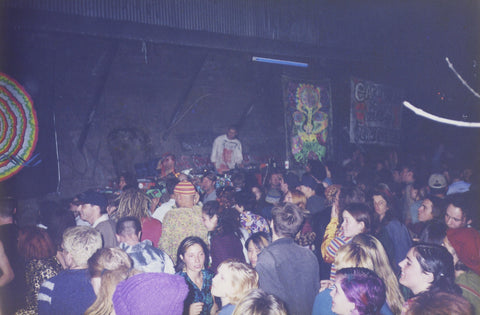The early UK rave scene was characterised by illegal parties, huge sound systems, DJs playing a mix of house, techno and acid music, and a vibrant, friendly atmosphere. These parties were often held in remote locations, often warehouses, and were often advertised by word of mouth. The music played at these early raves was heavily influenced by the Acid House sound, with DJs often playing a mix of house, techno and acid tracks. The parties also featured a range of other activities, such as projection and light shows, and a range of psychedelic drugs were often taken.
The early rave scene in the UK was particularly popular with the younger generation. It was seen as a way to let off steam and escape the pressures of everyday life. The scene was also a haven for the LGBT+ community, with many of the early raves being held in gay clubs. The music and atmosphere of the early rave scene was also a huge inspiration to many of the biggest names in dance music, such as the Chemical Brothers, The Prodigy and Fatboy Slim.

The rave scene began to move away from its early underground roots in the late 1990s and early 2000s, becoming more mainstream and commercialised. This brought with it a new generation of DJs and producers, such as Paul Oakenfold, Sasha and John Digweed, who played a more melodic, progressive sound. This was the start of the Superclub era, with huge, popular clubs such as The Ministry of Sound and Cream in Liverpool becoming regular spots for massive raves.
The rave scene in the UK today is still thriving and continues to be popular with young people. While the scene has evolved and changed over the years, it still retains its core values of having a good time and enjoying the music. The scene is also still heavily influenced by the Acid House sound, with DJs playing a mix of house, techno and acid tracks. The rave scene in the UK continues to be a vibrant and exciting part of the music and culture of the country.

